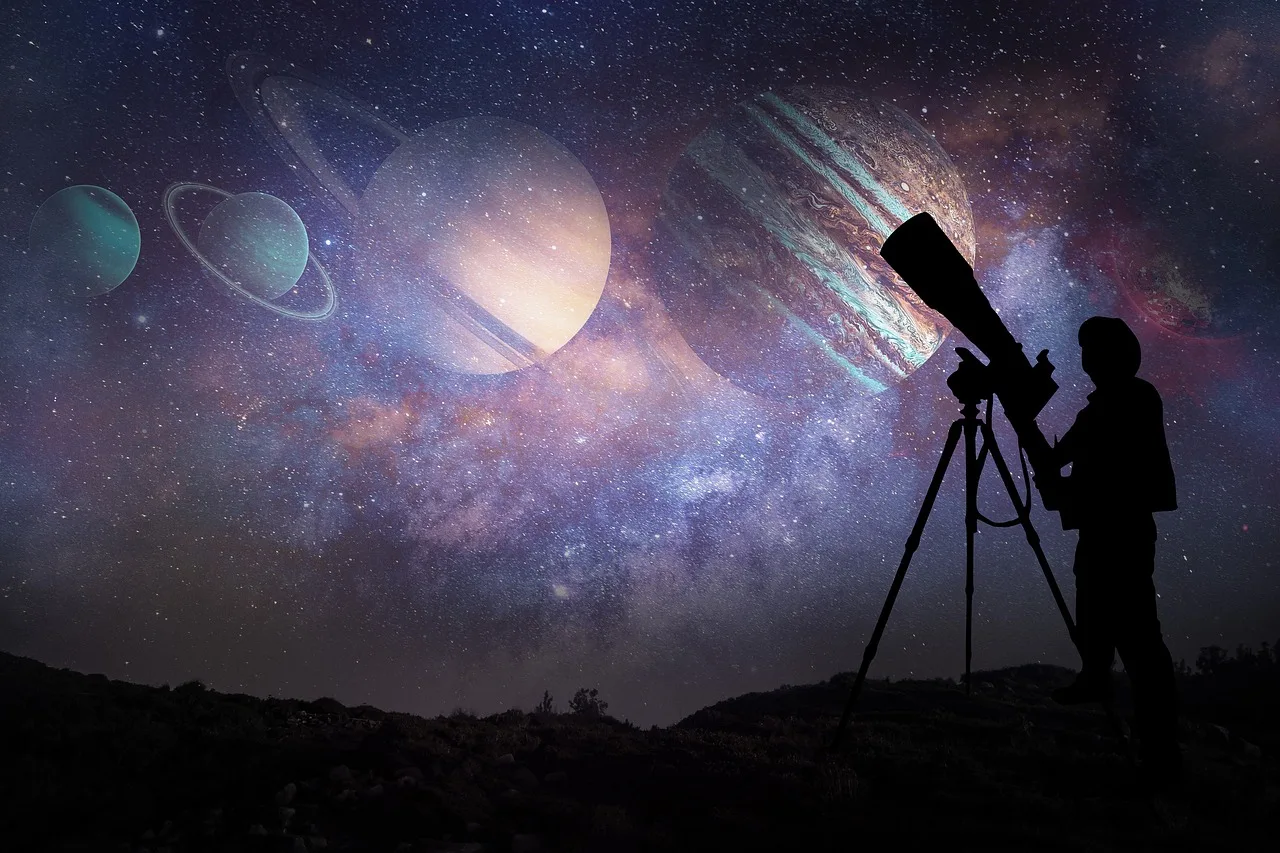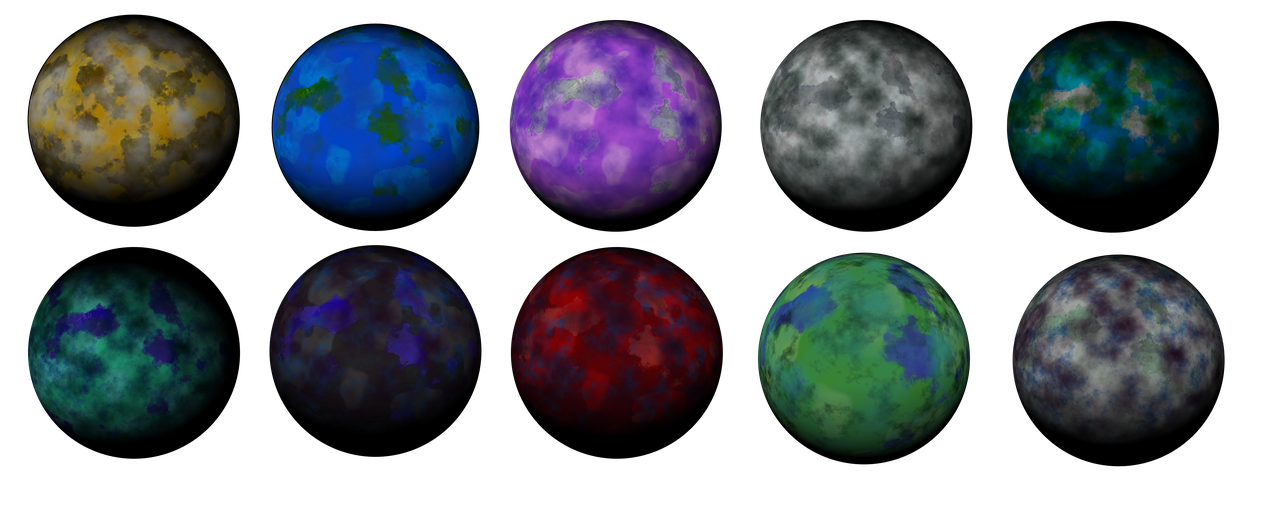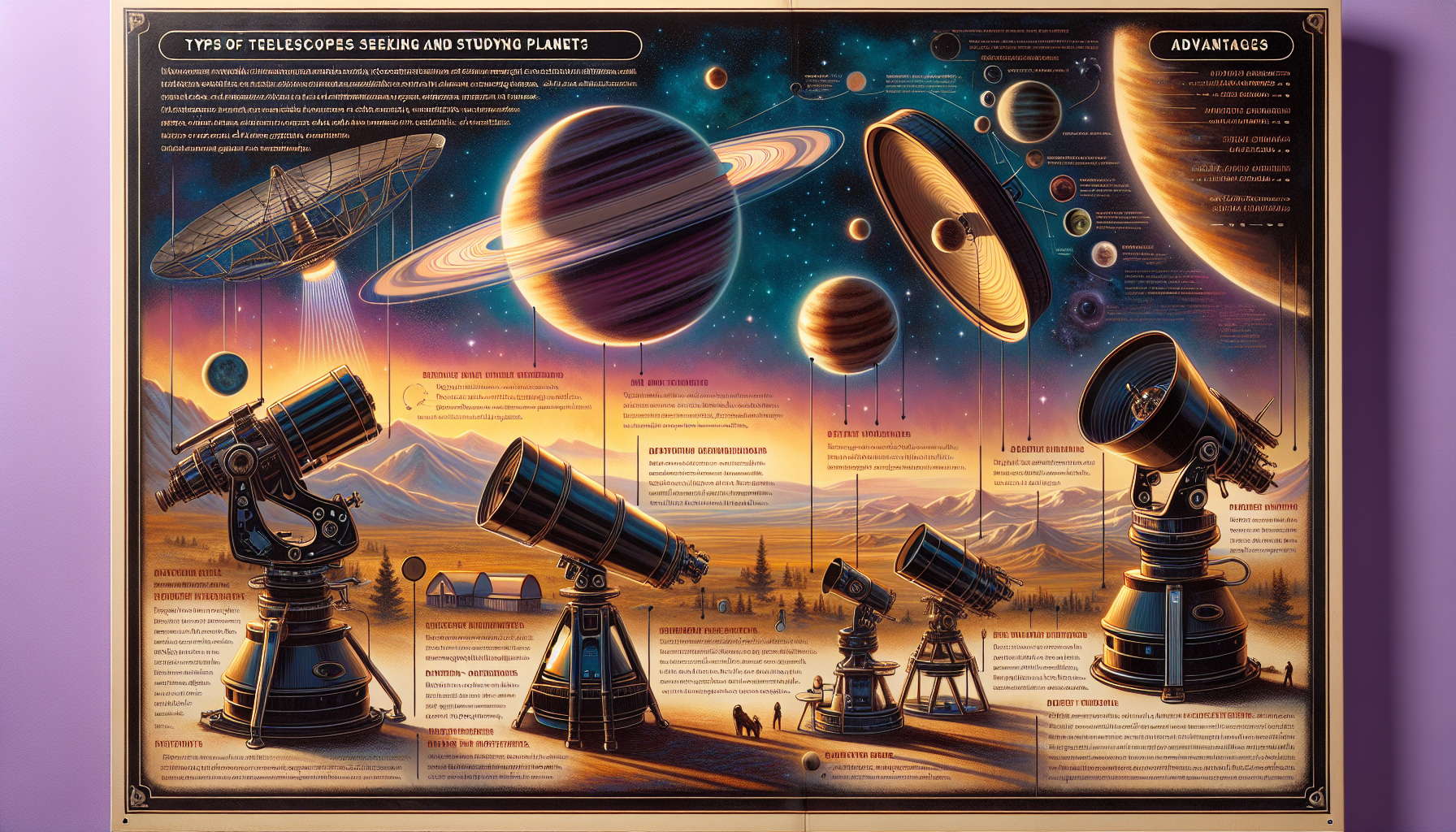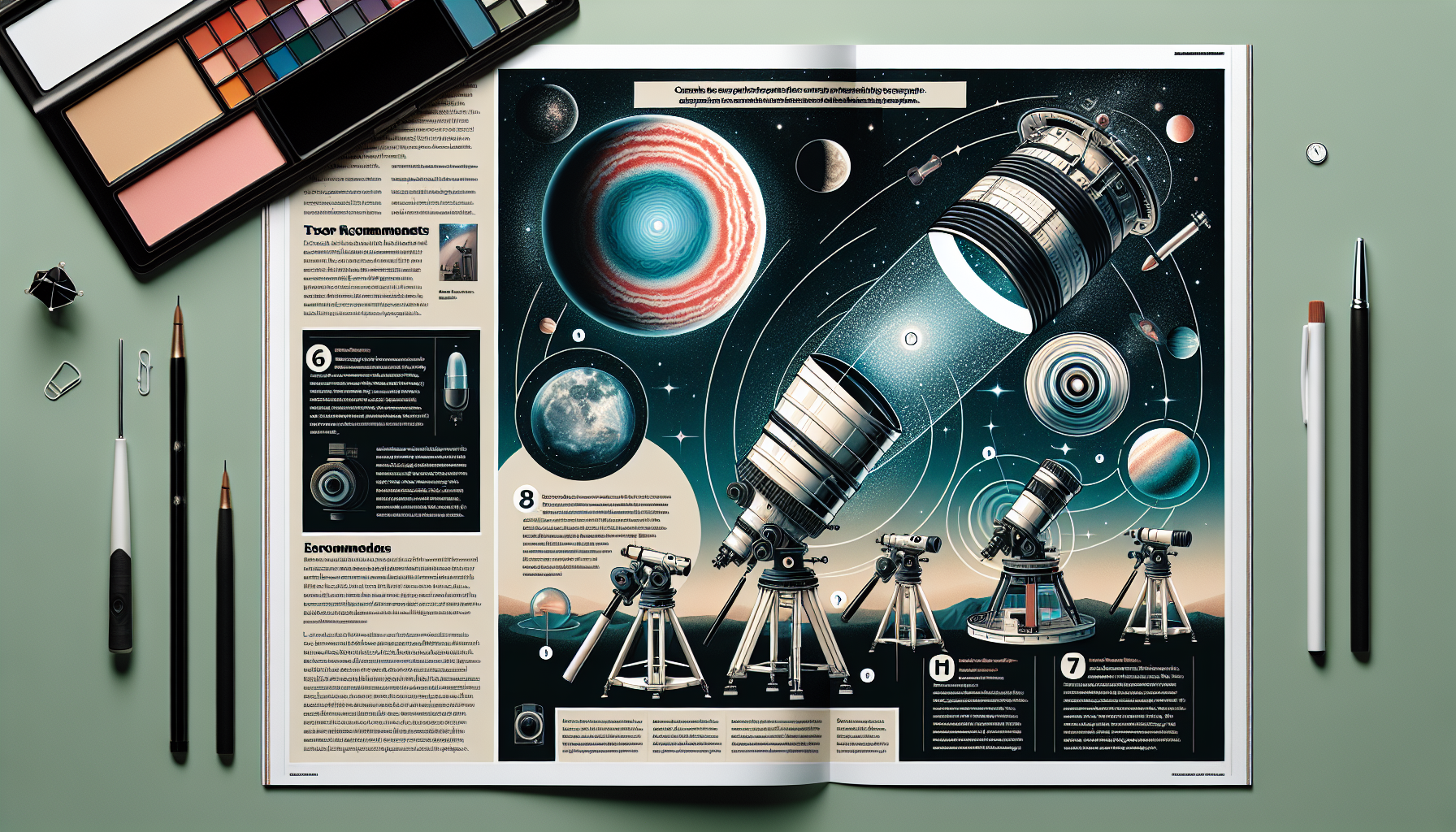The quest to explore the vast expanse of the cosmos has led astronomers on an eternal search for the perfect instrument to detect planets beyond our solar system. The race to uncover distant worlds hinges on finding the best telescope for this task. As astronomers delve into the intricacies of celestial detection, this article examines the qualities that make a particular type of telescope stand out in the pursuit of discovering other planetary systems.
Table of Contents
Factors to Consider
When choosing a telescope for detecting planets, there are several important factors to consider. Each factor plays a role in determining the performance and suitability of the telescope for this specific task. By understanding these factors, users can make an informed decision and select the best telescope for their planetary observation needs.

Telescope Type
The first factor to consider is the type of telescope. There are three main types of telescopes commonly used for planetary observation: reflecting telescopes, refracting telescopes, and catadioptric telescopes. Each type has its own advantages and disadvantages, and the choice will depend on the user’s preferences and requirements.
Aperture Size
Aperture size is another crucial factor that affects the telescope’s performance when detecting planets. The aperture refers to the diameter of the primary lens or mirror, and it determines the amount of light the telescope can gather. A larger aperture allows for better light-gathering capabilities, resulting in brighter, clearer images of planets.
Focal Length
The focal length of a telescope plays a significant role in magnification. It determines how much the telescope can amplify distant objects, including planets. Telescopes with shorter focal lengths provide higher magnification, allowing for a closer look at planets. On the other hand, telescopes with longer focal lengths offer a wider field of view, making them ideal for capturing larger celestial objects.
Mounting and Tracking
To observe planets effectively, a stable and reliable mounting system is crucial. Equatorial mounts provide smooth, controlled movements and precise tracking of planets as they move across the night sky. Altazimuth mounts, on the other hand, offer more straightforward and intuitive movement but may require adjustments when tracking planets. For added convenience, motorized and computerized tracking systems automate the tracking process, making it easier to keep planets in view.

Image Quality
The image quality produced by a telescope is of paramount importance when detecting planets. Optical quality, including the precision and accuracy of the telescope’s lenses or mirrors, plays a significant role in image clarity. Additionally, a well-designed focusing mechanism allows for precise adjustments to achieve optimal focus. High resolution and contrast capabilities further enhance the details and features observed on the planets.
Sensitivity
The sensitivity of a telescope refers to its ability to detect faint light. When observing planets, particularly those located far from Earth, sensitivity becomes crucial. Telescopes with higher sensitivity perform better, especially under low-light conditions. Consider the spectral range of the telescope as well, as it determines the wavelengths of light that can be detected. Some telescopes also employ noise reduction techniques to minimize image distortion caused by unwanted artifacts.

Portability
The portability of a telescope may be an essential factor for some users. Depending on personal preferences and circumstances, individuals may require a telescope that is lightweight and easy to transport. Collapsible designs allow for compact storage and convenient transportation, making them an attractive option for those who plan on taking their telescope to different locations. Consider the ease of assembly and disassembly as well, particularly for users who may need to set up and pack up their telescope frequently.
Budget
The budget is always a crucial consideration when making any purchase, and telescopes are no exception. Fortunately, there is a wide range of options available to suit various budgets. Affordable telescopes can still provide satisfactory performance for planet detection, while mid-range telescopes offer more advanced features and better image quality. For users seeking top-of-the-line performance, high-end telescopes provide unparalleled quality but often come at a higher price point.

Accessories
Accessories are another aspect to consider when choosing a telescope for detecting planets. Certain accessories can enhance the user’s experience and improve the telescope’s performance. Examples of useful accessories include Barlow lenses for increased magnification, filters for enhanced planetary details, and camera adapters for astrophotography. Users should consider their specific needs and preferences when selecting accessories to accompany their telescope.
User Experience
Lastly, the overall user experience should be taken into account. It is important to select a telescope that is easy to use, particularly for beginners or those with limited experience. Well-documented instructions and comprehensive support materials from the manufacturer can greatly assist users in setting up and operating their telescopes effectively. Considering brand reputation, as well as reading reviews and recommendations from other users, can provide valuable insights into the overall user experience offered by different telescope models.
By carefully considering these factors, individuals can make an informed decision and select the best telescope for detecting planets that aligns with their specific needs, preferences, and budget. Whether it’s seeking out distant planets or marveling at the intricate details of our neighboring celestial bodies, the right telescope can unlock a whole new world of astronomical exploration.

Related site – Best telescopes for seeing planets in 2024
